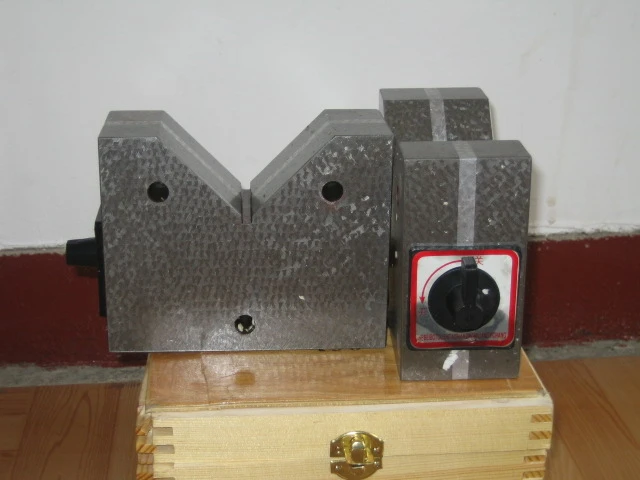நவ் . 12, 2024 10:35 Back to list
ring gauge measurement
Understanding Ring Gauge Measurement Principles and Applications
Ring gauge measurement is a crucial method in the realm of precision engineering and manufacturing. This technique involves the use of a ring gauge—a cylindrical tool designed to measure the external diameter and roundness of objects. From ensuring compliance with engineering tolerances to quality control in production processes, ring gauges play an essential role in various industries. This article explores the principles of ring gauge measurement, its applications, and best practices for effective use.
Principles of Ring Gauge Measurement
At its core, the principle behind ring gauge measurement is relatively straightforward a ring gauge serves as a go/no-go tool. It comes in two distinct variants the go gauge, which is used to check whether an object meets the minimum required dimensions, and the no-go gauge, which tests whether a component exceeds the maximum allowable size.
The measurement process typically involves placing the object to be inspected inside the ring gauge. If the object fits comfortably within the go gauge and fails to enter the no-go gauge, it is deemed within specifications. This binary measurement method reduces ambiguity and ensures that parts adhere strictly to predefined tolerances.
Material and Design of Ring Gauges
Ring gauges are often constructed from high-carbon steel, carbide, or other robust materials known for their dimensional stability and wear resistance. The choice of material impacts the gauge's durability and accuracy, especially in high-production environments where wear can significantly affect the performance of the measuring tool.
The design of ring gauges may vary according to the specific application, with features like positioning holes or handles for easier handling and alignment during measurements. Some gauges may also be treated with surface coatings to enhance corrosion resistance, ensuring longevity and precision.
Applications of Ring Gauge Measurement
Ring gauge measurement is widely applied in several industries including automotive, aerospace, and manufacturing. In the automotive sector, for instance, precision measurements of engine components are crucial for performance and safety. Ring gauges are employed to ensure that parts like crankshafts and pistons meet their exact dimensions.
In aerospace, where safety is paramount, stringent quality control processes utilize ring gauges to verify the precision of critical components. Any deviation from specified dimensions can lead to catastrophic failures, making accurate measurements indispensable.
ring gauge measurement

Manufacturing industries leverage ring gauge measurement for quality assurance on assembly lines
. By integrating these tools into production processes, manufacturers can quickly identify out-of-spec parts, thereby minimizing waste and ensuring consistent product quality.Best Practices for Using Ring Gauges
To maximize the effectiveness of ring gauges, it’s essential to adhere to certain best practices
1. Calibration Regular calibration of ring gauges is vital to maintain their accuracy. Measuring machines and gauges should be calibrated according to industry standards to ensure consistency in readings.
2. Cleaning and Maintenance Keeping ring gauges clean is crucial. Any foreign particles or contaminants can lead to inaccurate measurements. Regularly inspect and clean the gauges to preserve their integrity.
3. Proper Handling Handle ring gauges with care. Dropping or mishandling can lead to distortions, affecting their measurement capabilities. Using protective cases and storing them properly when not in use can prevent damage.
4. Training Personnel Ensure that personnel using the gauges are adequately trained. Understanding how to correctly apply the gauges, interpret results, and identify potential issues in measurement is crucial for maintaining quality.
5. Record Keeping Maintain thorough records of measurements and calibrations. This documentation is vital for quality assurance processes and can aid in identifying trends or recurring issues within production.
Conclusion
Ring gauge measurement is an invaluable tool for ensuring precision in various manufacturing processes. By understanding its principles, applications, and best practices, industries can enhance quality control measures, reduce waste, and maintain the highest standards of production. As technology continues to evolve, integrating advanced measurement techniques alongside traditional tools like ring gauges will play a key role in shaping the future of precision engineering.
-
thread-plug-gauge-our-promise-of-measurement-excellenceNewsAug.22,2025
-
gauge-pin-class-reflecting-quality-legacyNewsAug.22,2025
-
check-valve-types-for-high-rise-buildingsNewsAug.22,2025
-
water-control-valve-for-irrigation-systemsNewsAug.22,2025
-
gate-valve-with-soft-seal-technologyNewsAug.22,2025
-
y-type-strainer-for-oil-and-gas-applicationsNewsAug.22,2025
Related PRODUCTS









